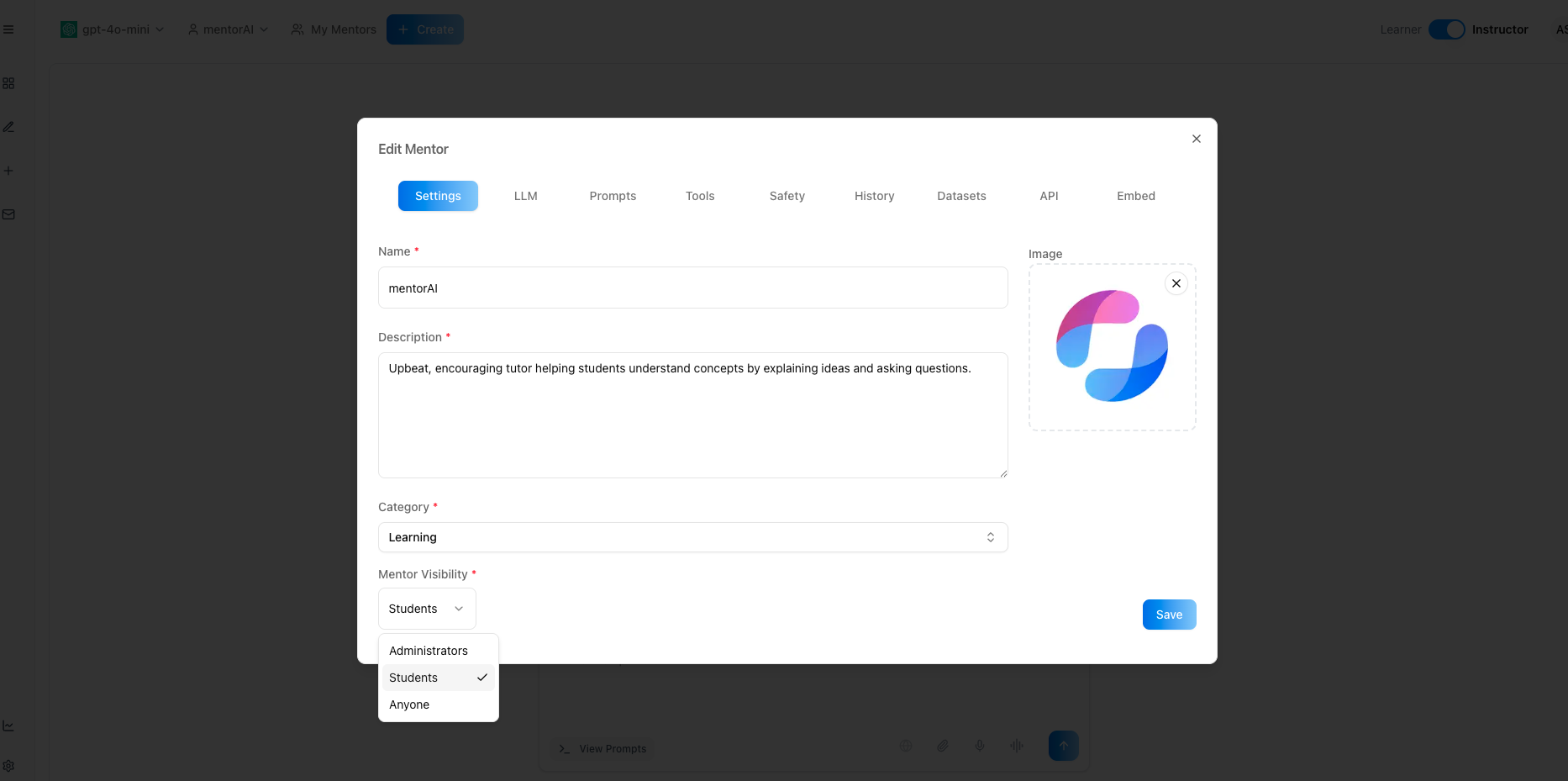
- Groups – collections of users (e.g., Tenant Admin group)
- Roles – bundles of permissions
- Actions = object-level rights (view, edit, delete)
- Data actions = field-level rights (read, write)
- Policies – bind a role to specific resources within a platform and link users or groups to that bundle
- Hierarchy – a policy applied to a platform cascades to every resource beneath it
- Locate the Tenant Admin group
- Add yourself (or another user) to that group and save
- Refresh the app: every tab (Tools, Prompts, Safety, Data Sets, History, API, etc.) is now visible
- To revoke full access, remove the user from the group and save
- Create a new role (start broad, then remove what you don’t need)
- Limit it to the required model—for example, only Settings
- Make a policy that applies this role to the desired resources
- Add yourself to the policy’s user list and refresh
- Settings stays accessible
- Tabs like LLMs, History, Data Sets, and API disappear
- Only items classified under Settings (certain prompts, Safety) remain
In the role, add a data-action rule such as:
description : read
Refresh: you can view but not edit that single field
Change the rule to:
description : read,write(or use*) to allow editing
Follow the same pattern by updating the role:
Tools – add
toolswith the actions you need; the Tools tab appearsAPI Tokens – add
api_tokenswithreadandlist(thendeleteif required); tokens become viewable and, with delete, removableDocuments/Data Sets – add
documentswithread; addwriteto untrain; adddeleteto removeFor each added permission, refresh the browser to see the change
- Groups, Roles, and Policies combine for precise, layered control
- Adding a user to a group instantly grants that group’s policies
- Roles can be fine-tuned from section-wide access down to individual fields
- Permission changes appear immediately after refresh, letting you verify results in real time